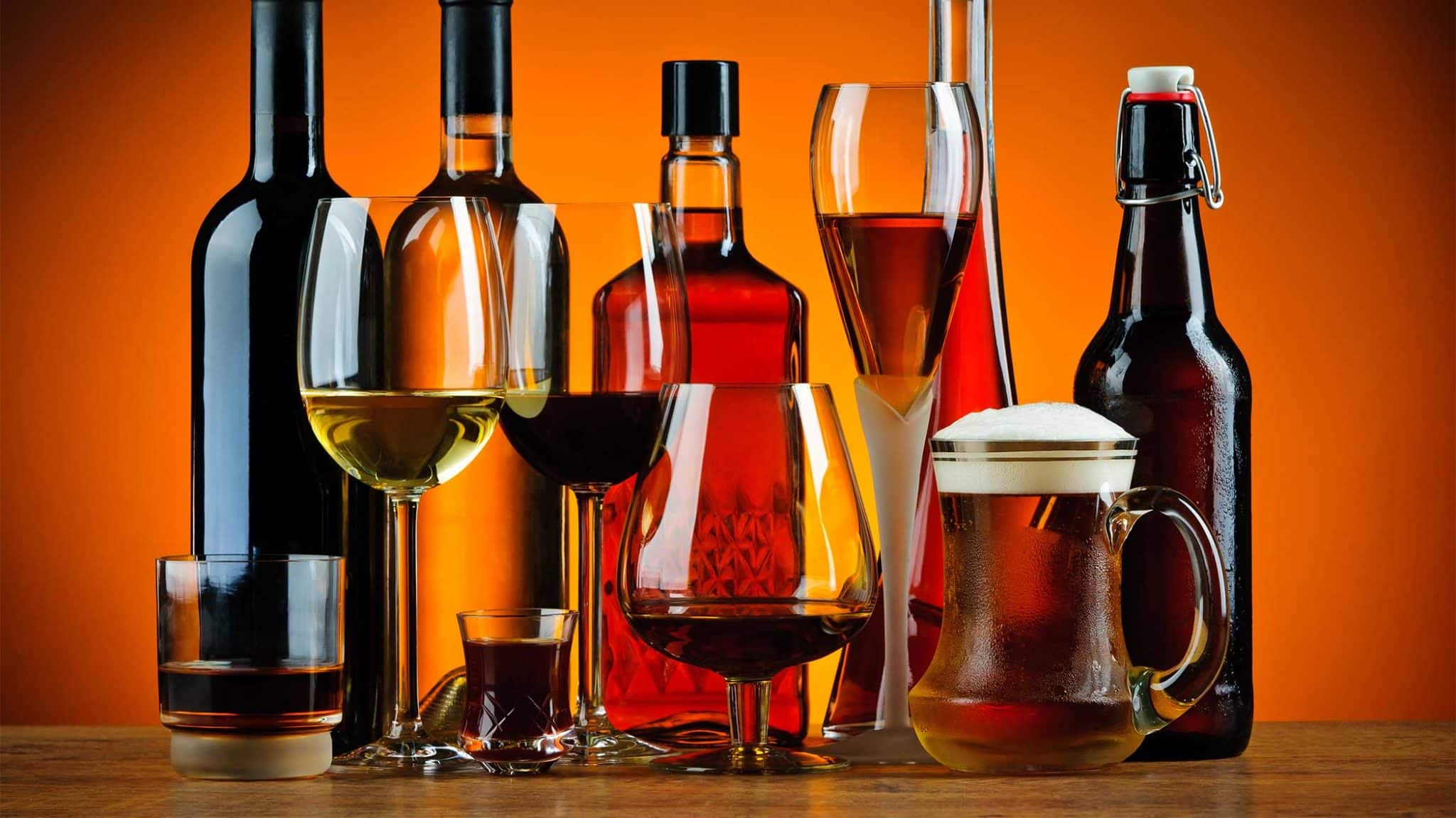
The Alcoholic Beverages Market is estimated for 2023-2030 for the forecast period, as highlighted in a new report
published by Coherent Market Insights.
The Alcoholic Beverages Market consists of beer, wine, and spirits. Beer is the world's most widely consumed alcoholic beverage, providing refreshment and socialization.
Market Dynamics:
The Alcoholic Beverages Market is expected to witness significant growth over the forecast period owing to two key drivers. Firstly, increasing socialization and spending on leisure is driving the consumption of beer, wine, and spirits globally. Alcohol provides a means for people to socialize and unwind from daily stresses. Secondly, rising disposable incomes especially in developing economies is enabling more consumers to spend on luxury and experiential products like premium alcoholic drinks. The affordability of craft and premium varieties is further stimulating market expansion.
## Increasing Per Capita Consumption of Alcoholic Beverages Worldwide
One of the key drivers for the alcoholic beverages market has been the rising per capita consumption of alcohol worldwide. According to a study by the Organisation for Economic Co-operation and Development (OECD), the average consumption of pure alcohol per adult has increased from 5.5 litres in the early 1960s to 6.3 litres in 2016 globally. Notably, consumption grew fastest in developing countries like India, China and Brazil where incomes are rising and exposure to Western drinking culture is increasing. Increased disposable incomes coupled with westernization of lifestyles have enabled more people around the world to afford and enjoy alcohol on a regular basis. This trend is expected to continue driving higher volumes for beer, wine and spirits producers in both developing and developed markets.
## Innovations in Product Development and Marketing Strategies
Another major driver has been the introduction of innovative new products and aggressive marketing tactics by leading players. For instance, premixed canned cocktails have emerged as a popular newcomer aligned with convenience trends. Meanwhile, companies are rolling out premium and super premium brands to tap into consumers' rising aspirations. They are also customizing products for regional tastes and preferences. On the marketing front, producers engage in extensive sponsorship deals, experiential events, celebrity endorsements and digital/social media promotions to target new demographics effectively. Such innovations help capture changing consumer behaviors and needs, thus spurring category expansion over the long run.
## Rising Health Awareness Lowering Alcohol Intake
One major restrain for the alcoholic beverages industry is the increasing health consciousness among populations worldwide. Consumers, especially younger cohorts, are more attentive about links between excessive drinking and diseases like liver cirrhosis or certain cancers. Governments too have stepped up campaigns highlighting the dangers of alcohol abuse. This has resulted in moderated consumption patterns, with some people reducing their intake or opting for low-calorie, low-sugar alternatives. Further, there is a rising preference for non-alcohol or alcohol-free beverages due to wellness trends. While overall volumes may grow, health and wellness pose challenges to per capita consumption rates increasing indefinitely in the future.
## Opportunity in Low- and No-Alcohol Beverages Segment
A lucrative opportunity for players lies in the rapidly expanding low- and no-alcohol beverages space. There is strong demand for drinks offering similar tasting experiences to their alcoholic counterparts but without the intoxicating effects. Both startups and established brands have fortified their portfolios with inventive no-alcohol or low-alcohol options like beer, wine, cider, ricers and cocktails containing less than 0.5% alcohol. This allows wellness-oriented customers to participate in social drinking occasions while keeping health issues in check. The category also benefits from a supportive regulatory environment and is poised to take share from full-strength beverages, specially among health-conscious millennials and Gen Z cohorts.
## Growing Popularity of Premium and Craft Segments
An important trend gaining ground in the alcoholic beverages industry is the rising popularity of premium and craft products. Customers, especially in developed nations, are willing to pay more for superior quality, ingredients, tastes and experiences. Craft beers, spirits and wines produced using unconventional/artisanal methods have captured consumer fascination. Even for mainstream beverages, there is strong demand for premium international brands rather than mass-market alternatives. Producers are catering to this trend by selectively growing their premium portfolios with higher priced offerings relying more on differentiation than volumes. This pivot from volumes to values suits the changing clienteles and ensures companies can sustain strong profitability despite occasional raw material cost fluctuations.





